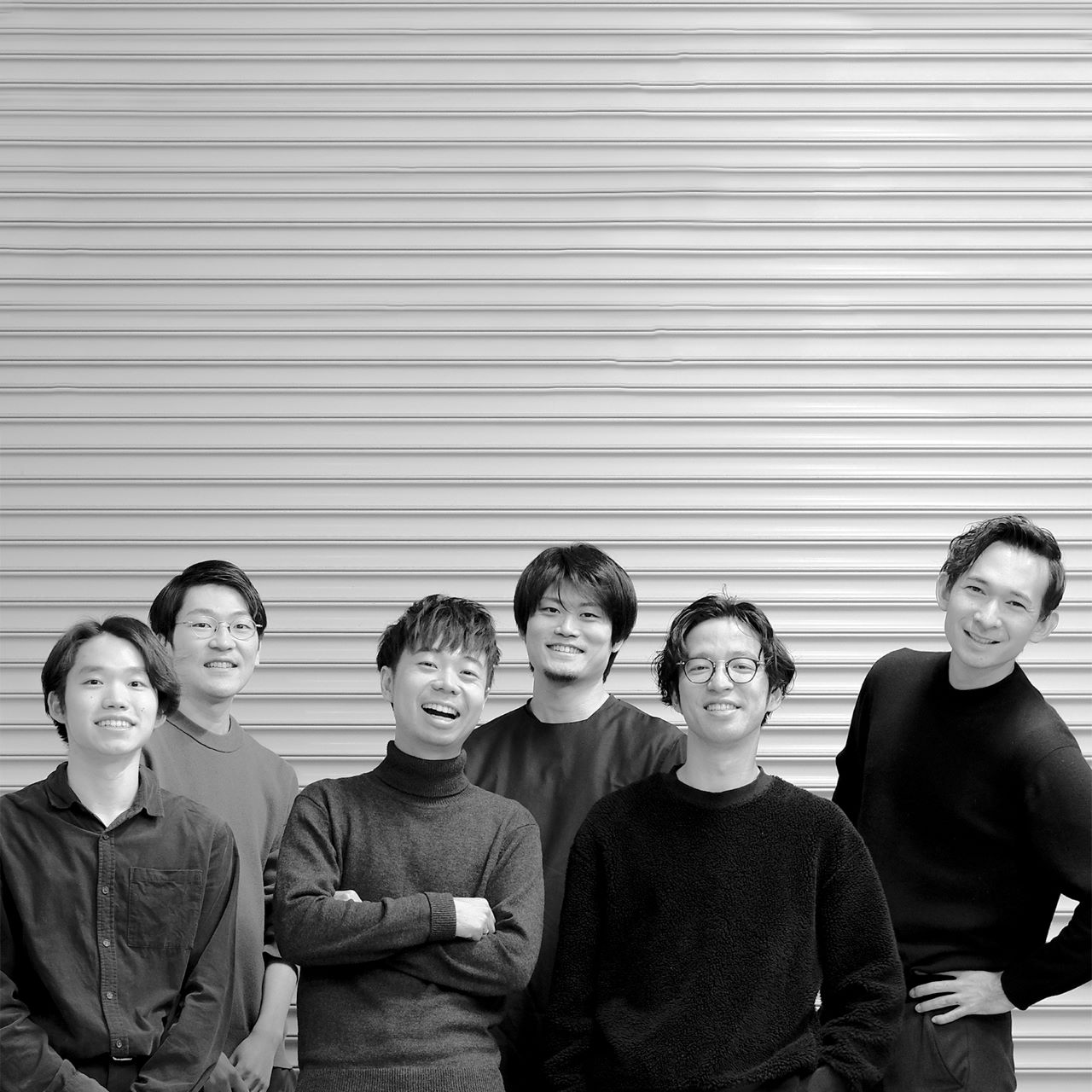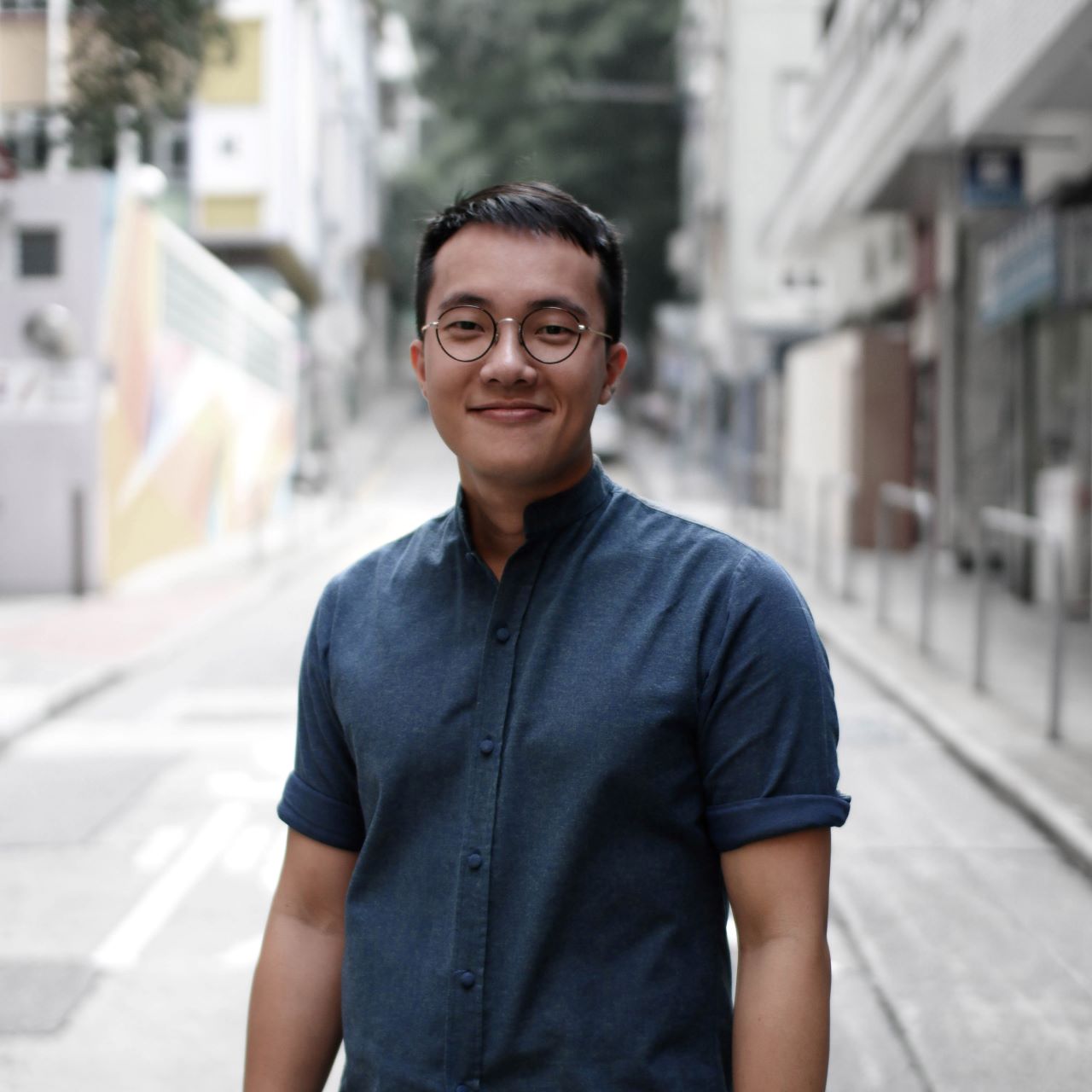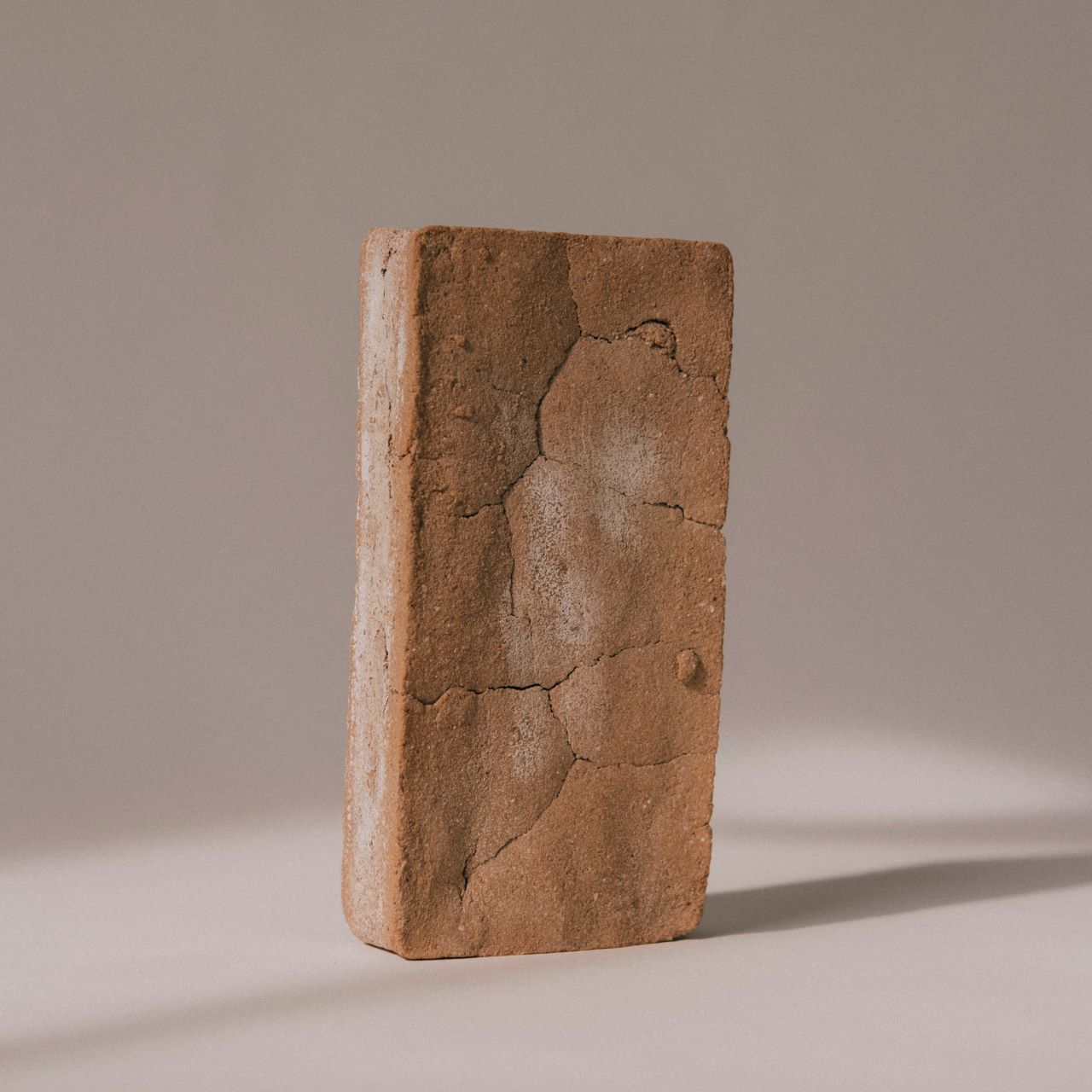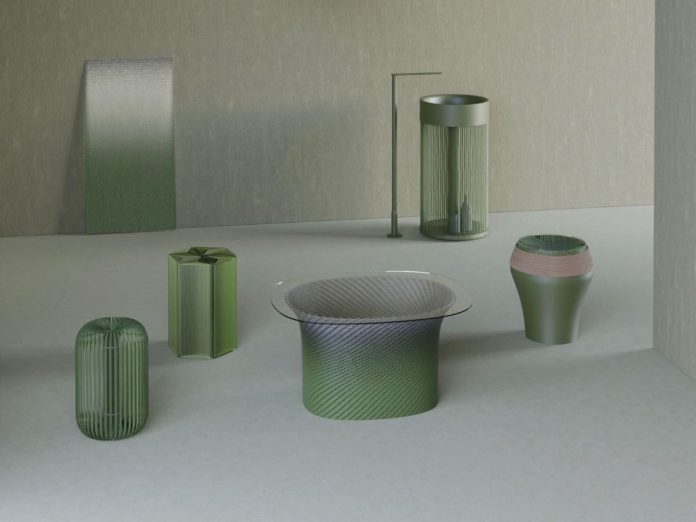Within a profoundly renewed Salone del Mobile.Milano, the SaloneSatellite also presented itself in a completely new guise this year. The exhibition founded by Marva Griffin in 1998 to make it possible for young designers under 35 and companies to meet has this year inserted itself in the pavilions of Euroluce, approaching the Fair in a sort of ideal continuity between research and production. The theme proposed this year by the curator revolved around a simple yet very complex question: “design, where are you going?”
Around this theme revolved the meeting with Gaetano Pesce, who urged young designers to «listen to themselves and try to express their inner selves, regardless of newspapers and fashions.» Pesce urged the audience of young designers to observe reality, because, the Italian Maestro recalled, «reality is our time and if you want to do something current, you have to try to understand what our time is saying, its new values, those that expire, those that arrive.»
This question was also answered by the Schools and Universities of Design through the presentation of graduates-to-be students’ works and the widespread exhibition “SATE…LIGHT. 1998-2022 SaloneSatellite Young Designers”, a selection of lamps that have come into production in recent years thanks to the collaboration with companies that have bet on young promises.

The SaloneSatellite Award, now in its 12th edition, did not escape the fateful question either. The international jury composed of Paola Antonelli of the MoMA in New York, critic Beppe Finessi, SaloneSatellite President Gianluca Gessi, Francesca Gugliotta, Francesco Librizzi, Kartell President Claudio Luti, Steven Ma, Anna Moldenhauer director of Stylepark, Roberta Silva CEO Flos, and Marilena Sobacchi of the Salone del Mobile, chose the three winning projects for 2023 and awarded three Special Mentions.
This year’s edition honoured the Japanese collective Honoka for its “Tatami Refab”, a project that recovers a traditional material for use in the 3D printing process. The Japanese designers have recovered the material used in the making of the tatami, a traditional Japanese bed that is now slowly falling into disuse, reintroducing it into domestic spaces to create poetic and elegant 3D printed products.


Hong Kong-based Studio Ryte received second first for its ‘Triplex Stool’, a modular seating design made from flax fibre that can be broken down into three stackable segments for easy transport and storage. When the stool is no longer needed, the flax fibres, as well as the polylactic acid (PLA) that binds them together, will fully biodegrade.

Third prize went to Ahokpe + Chatalin, a Brussels-based textile research and production studio founded by Estelle Chatelin and Georges Ahokpe. Present at the SaloneSatellite with Belgium is Design, they were awarded for their ‘Kudoazò’ hammock, which uses recycled fabrics spun in Benin. It is a suspended bed designed and woven in Benin with a fabric made from the discarded yarns of jumpers that end up in African markets, and the shape depends on the material available.


The three Special Mentions went to Joaquin Ivan Sansone, for his ‘Junki’ reed stool; to Weonrhee, for its ‘Primitive Structure’ coffee table; and Fragmentario, for its ‘Avocado Seed Brick’ project. The three Special Mentions this year were also awarded the Róng Design Award, which offers a one-month residency at the Rong Design Library in the Yuhang district of Hangzhou, China, the promoter of the initiative.


All the candidate prototypes were displayed in a dedicated exhibition, with a set-up curated by architect Ricardo Bello Dias: a sort of backdrop formed by the stands of the schools within which the young designers’ workstations unfolded. Panels with small metal textures reflected a soft, natural light that was almost intended to create a contrast between the recovery of human-scale design and the frenzy of the surrounding world.







